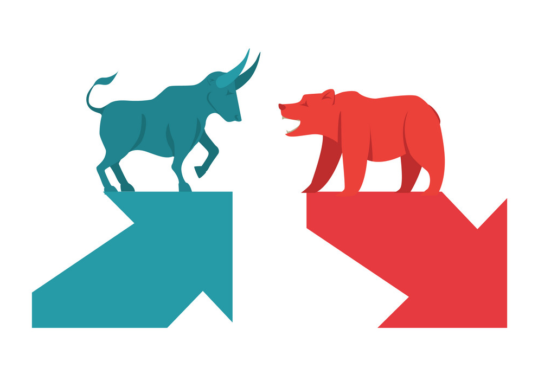By Chee Jo-Ey
MANY choose to invest in PRS funds to enjoy individual tax relief – up to RM3,000 per assessment year – in addition to deduction for Employees Provident Fund (EPF) contributions for the first 10 years – but what are the returns of these retirement funds?
It is important to note that there are fees and charges when investing in the Private Retirement Scheme (PRS) and one should factor in these charges to determine if it is better to save via PRS or EPF.
There may be differences in fees and charges depending on the PRS providers.
Take for example, based on data as at Jan 30, 2020, the CIMB Islamic PRS Plus Moderate – Class C fund generates a 10% return over a year (see table). According to the table on the Private Pension Administrator (PPA) website, CIMB-Principal Asset Management Bhd charges an annual management fee of 1.5%, sales charge of 0.5%, and an annual trustee fee of 0.04%. Hence, taking into account the charges, the net return was 7.96%, which is much higher than EPF’s 5.45% for 2019.
But not all PRS funds perform well. The RHB Retirement Series – Moderate Fund generated a negative return of 1.4%. On top of that, the fund charges a management fee of up to 1.5%, sales charge up to 3%, and annual trustee fee of 0.04%.
The PRS funds are often marketed as a less risky investment vehicle as they are geared towards helping people achieve their retirement goals.
As both funds are created for retirement purposes, they are often compared with one another.
PRS is managed by private financial institutions with no guaranteed returns but the government-owned EPF guarantees you at least a dividend rate of 2.5% per annum.
EPF was set up to prepare Malaysians to save for their golden years.
It is mandatory that employees register as a member of the fund and contribute to their own savings.
Employees are required to make a mandatory contribution of 11%. On the employer side, a 13% mandatory contribution is made for monthly salaries of RM5,000 and below and 12% for salaries of more than RM5,000.
There are other benefits of being an EPF member in addition to growing your retirement savings. EPF contributions are tax-deductible up to a maximum amount of RM4,000 (inclusive of exemption for life insurance premium).
Members are exempted from paying income tax for monies withdrawn from the EPF. The annual dividends paid to members are also tax-exempted.
A check on EPF’s official website showed that salaried employees have even the choice of contributing more for better savings. Employee or employer (or both) may voluntarily contribute at a rate exceeding the statutory rate as long as you meet the requirements.
But is one retirement fund enough? As life expectancy rises beyond the legal retirement age of 60, we need to set aside a larger fund for retirement.
It is also at this stage in life where there are more uncertainties such as health troubles that could really put a dent on our life-long savings.
PRS, a voluntary long-term savings and investment scheme was set up by the Securities Commission in 2012 to help Malaysians save for their retirement.
There are currently eight PRS providers serving more than 455,000 members nationwide. As at end-2019, the total size of the industry stands at RM3.5 bil. – Feb 28, 2020













